
We were thrilled to join Tara Subramaniam from Lincoln High School and Catherine Zhang at the Oregon Episcopal School this fall for the second annual Oregon Youth Neuroscience Conference!
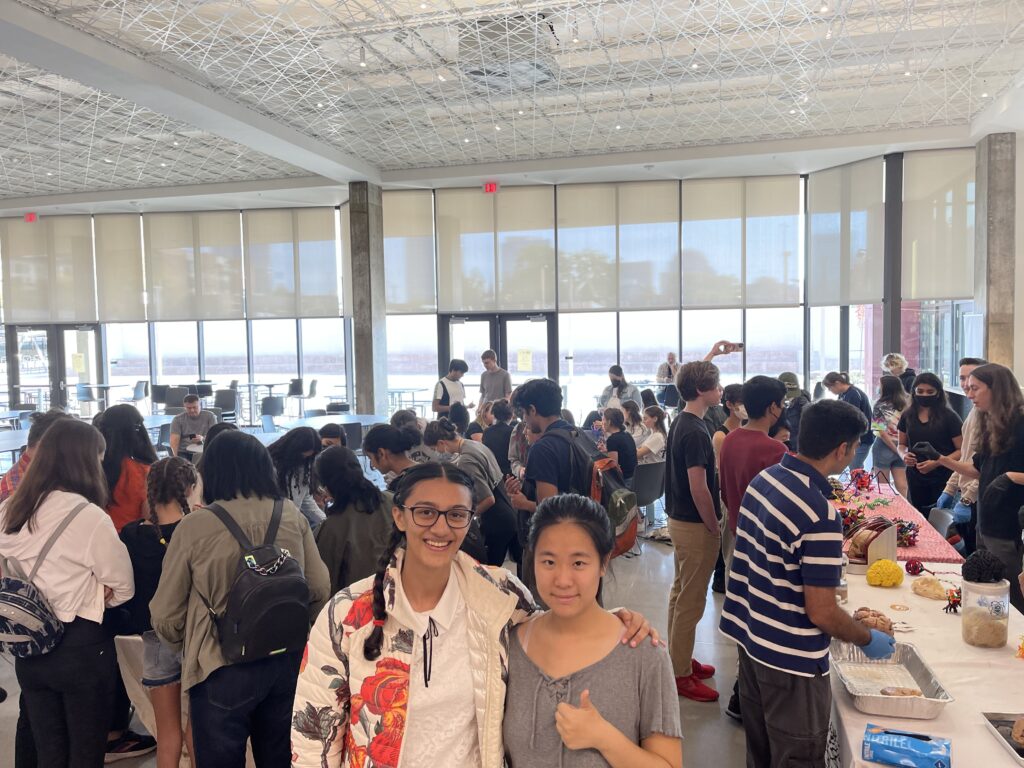
Tara and Catherine organized this event at a gorgeously renovated Lincoln High School, inviting Dr. Bonnie Nagel and Dr. Joseph Quinn from Oregon Health & Science University (OHSU) for research presentations on the brain and aging, along with volunteers from Northwest Noggin for some extra brains and art!
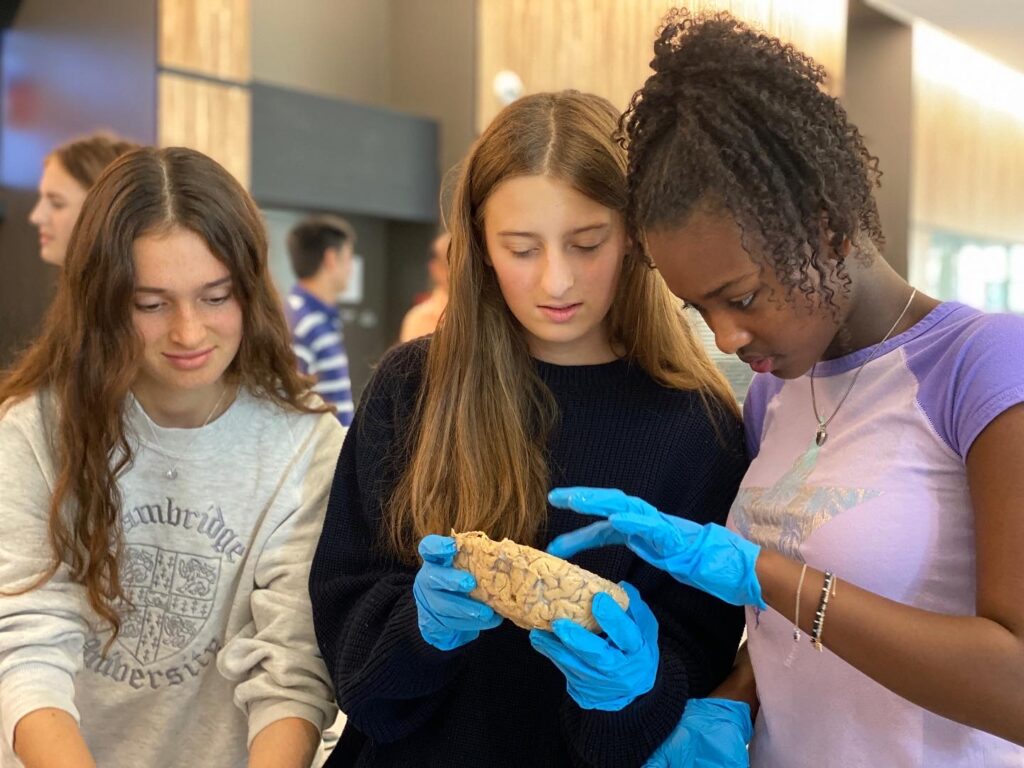
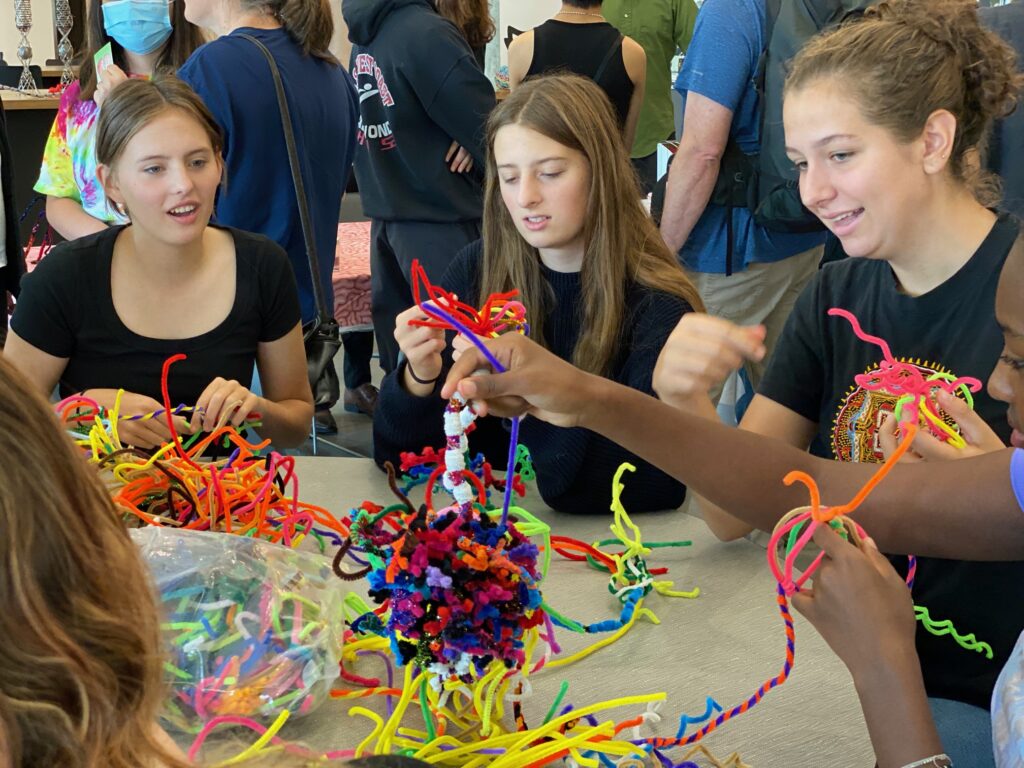
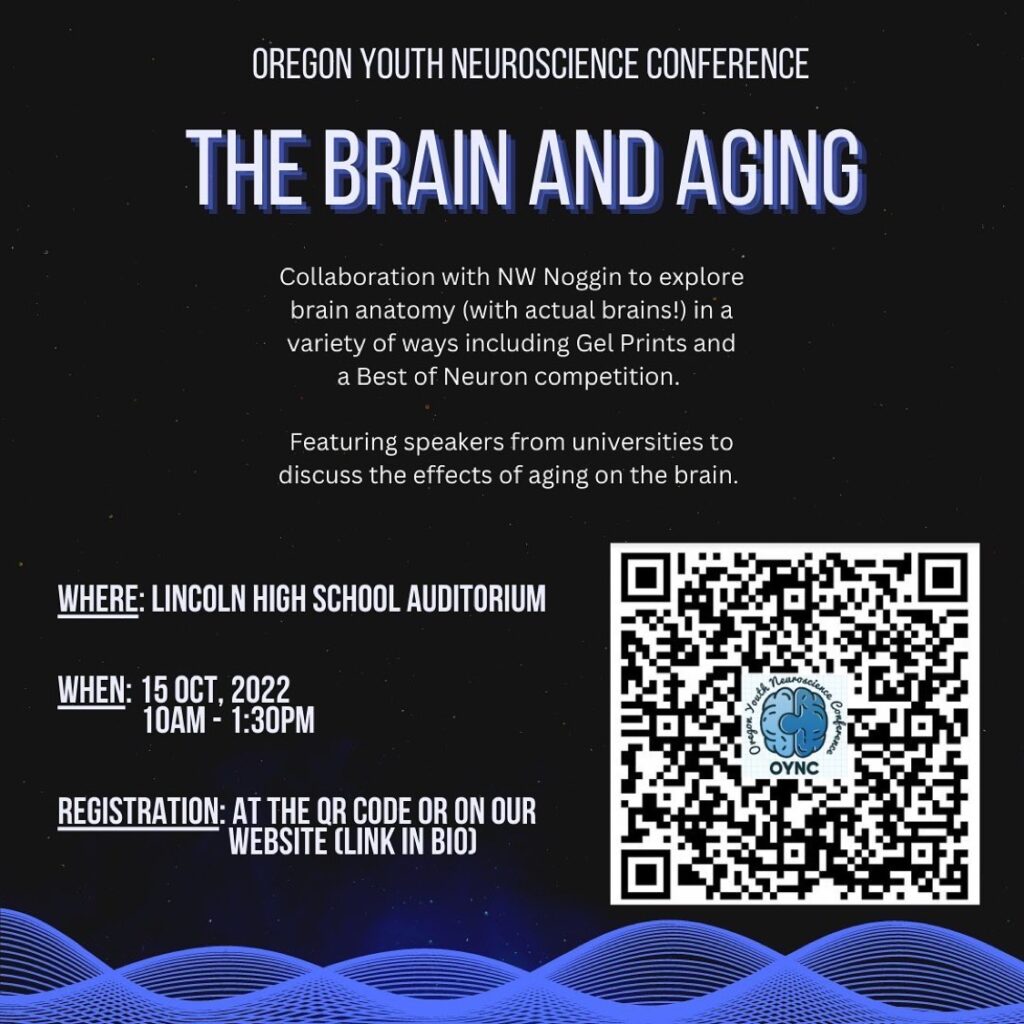
Outreach
Our participants included Tiara Freeman, Amanda Jones, Conner Corbett, Bella Showerman, Kaya Burd, Ben Bolen, Josie Borden (a Rosenbaum scholar interning with NW Noggin), Bharani Nallamala, Natalie Partipilo and Martin Lembke from Portland State University, and Austin Schubert from OHSU.
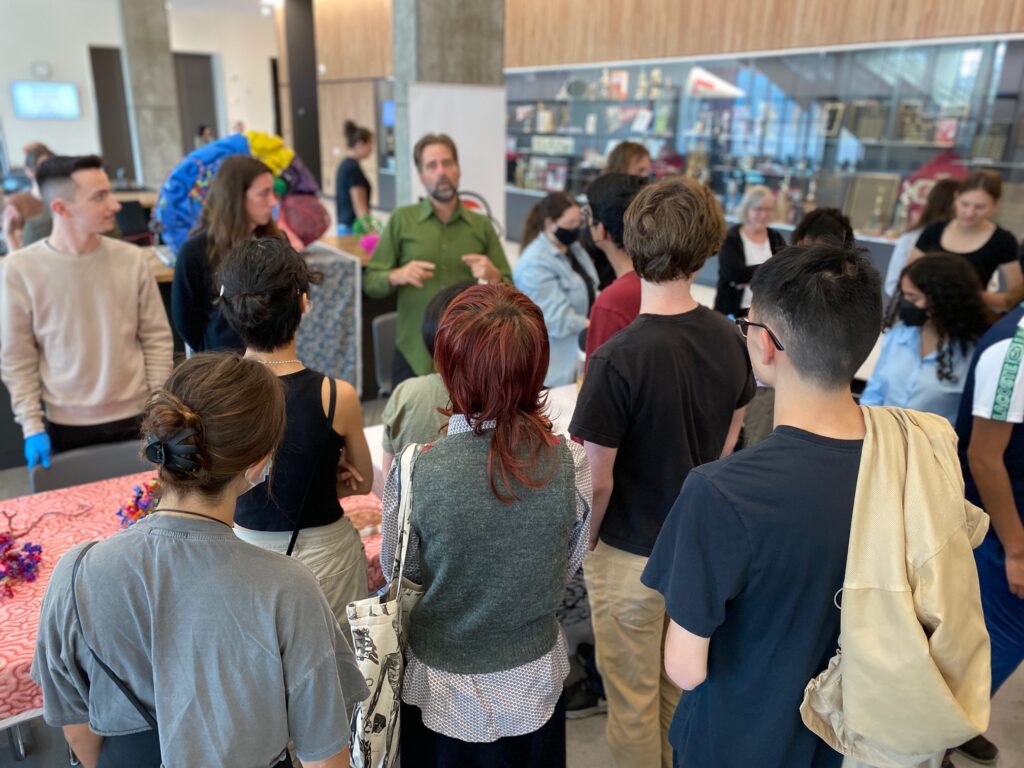
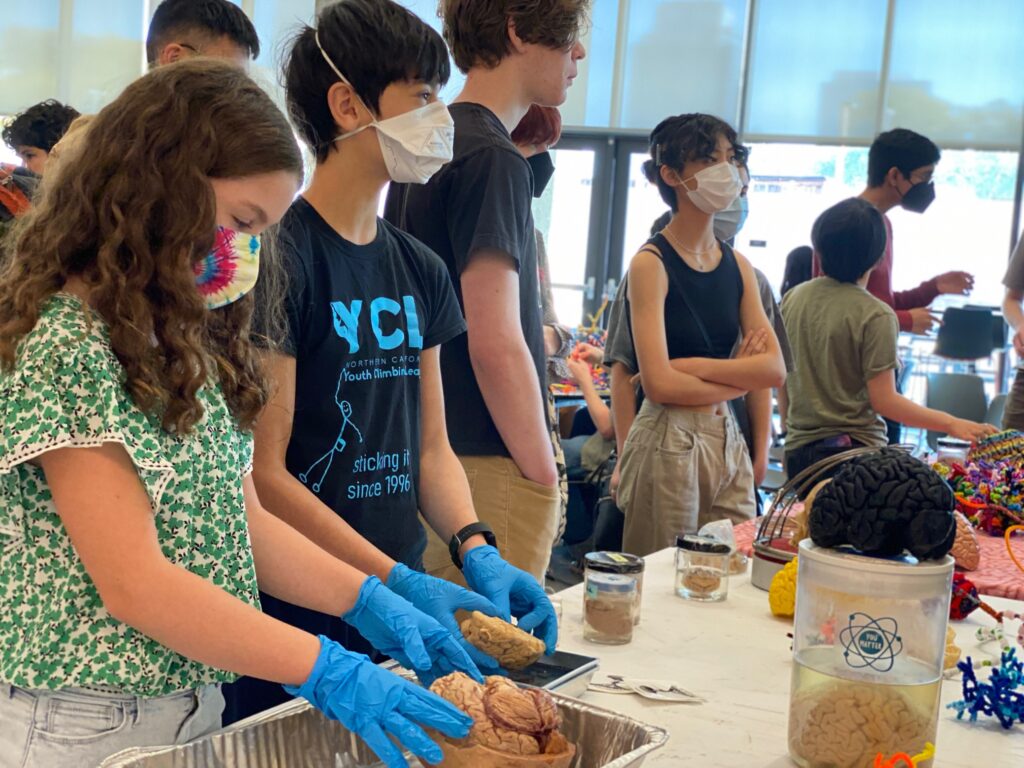
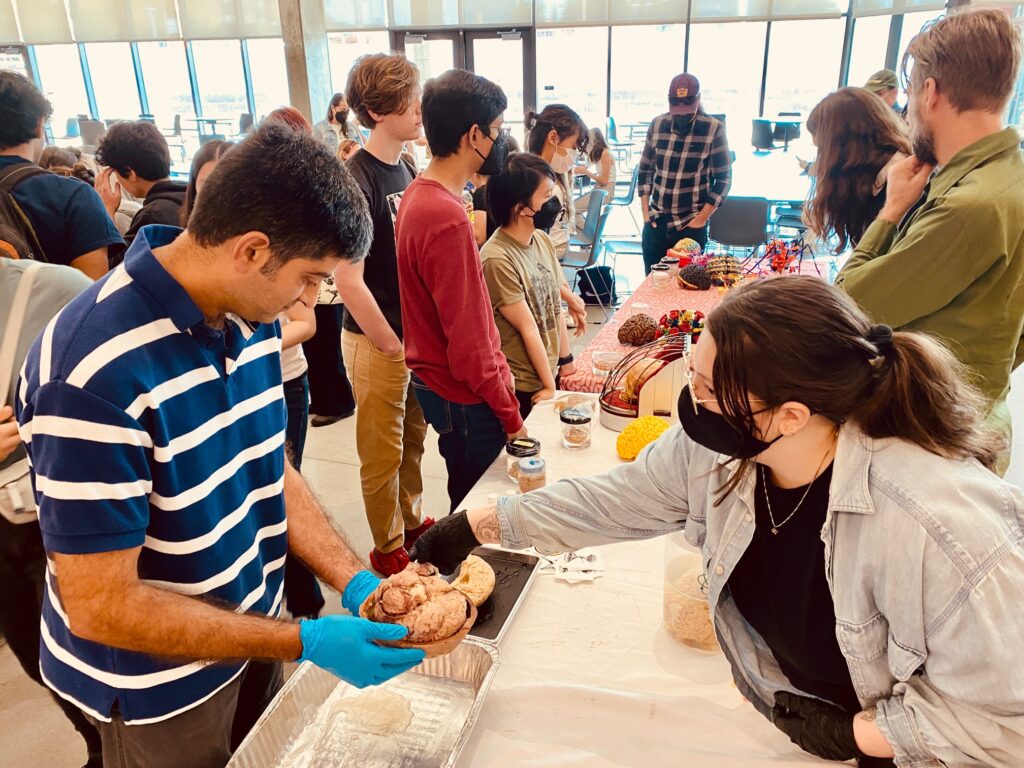
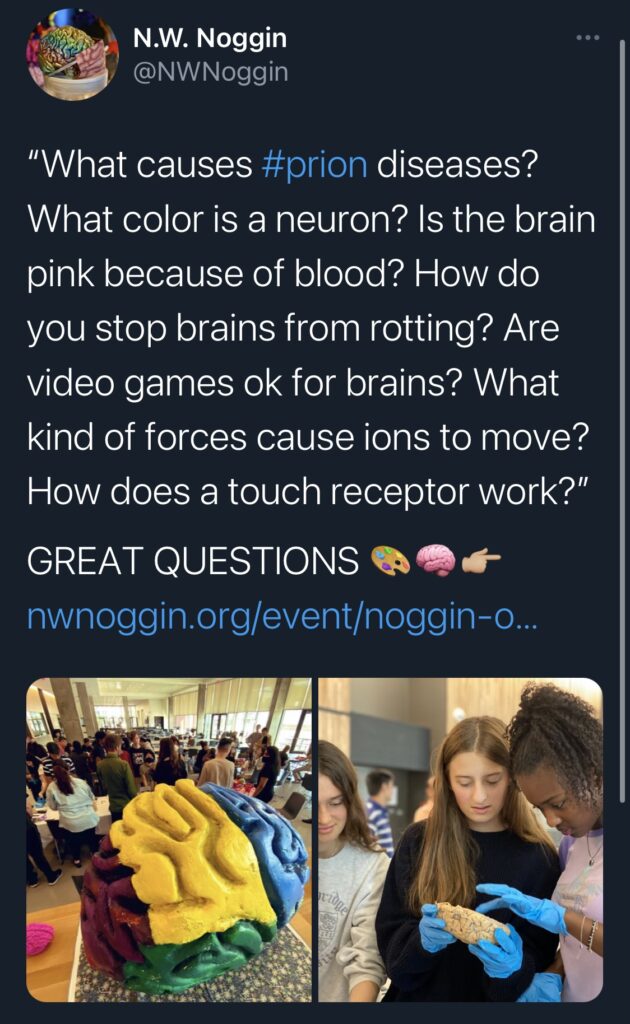
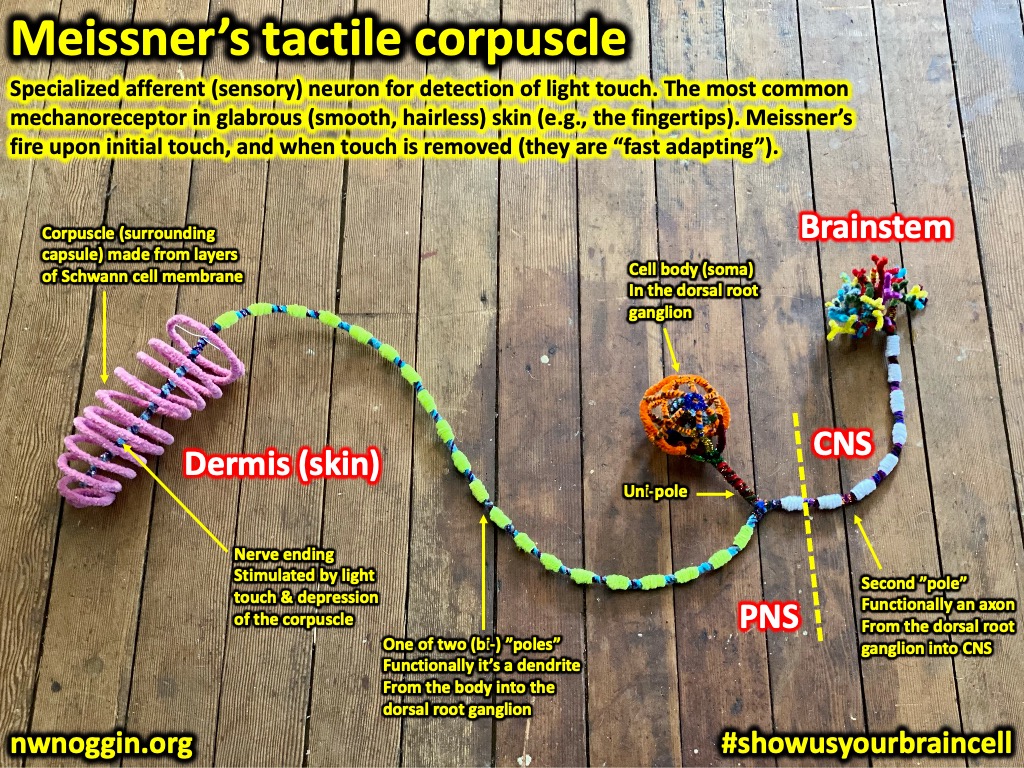
LEARN MORE: Prion Diseases (NIH)
LEARN MORE: The Blood Supply of the Brain and Spinal Cord
LEARN MORE: Brain Perfusion Fixation Review
LEARN MORE: Video games don’t cause violence
LEARN MORE: Video gaming may be associated with better cognitive performance in children (NIH)
LEARN MORE: How do neurons send electrical messages?
LEARN MORE: Meissner’s (Tactile/Touch) Corpuscle
Interdisciplinary Neuroscience
We made ART!
Pipe cleaners of course – but volunteers also introduced our Brain Cell Gel Print project, and we spent time laying out natural plant materials in the shape of neurons and glial cells. We pressed our creations with gels and ink, and created some extraordinary neural works of art!
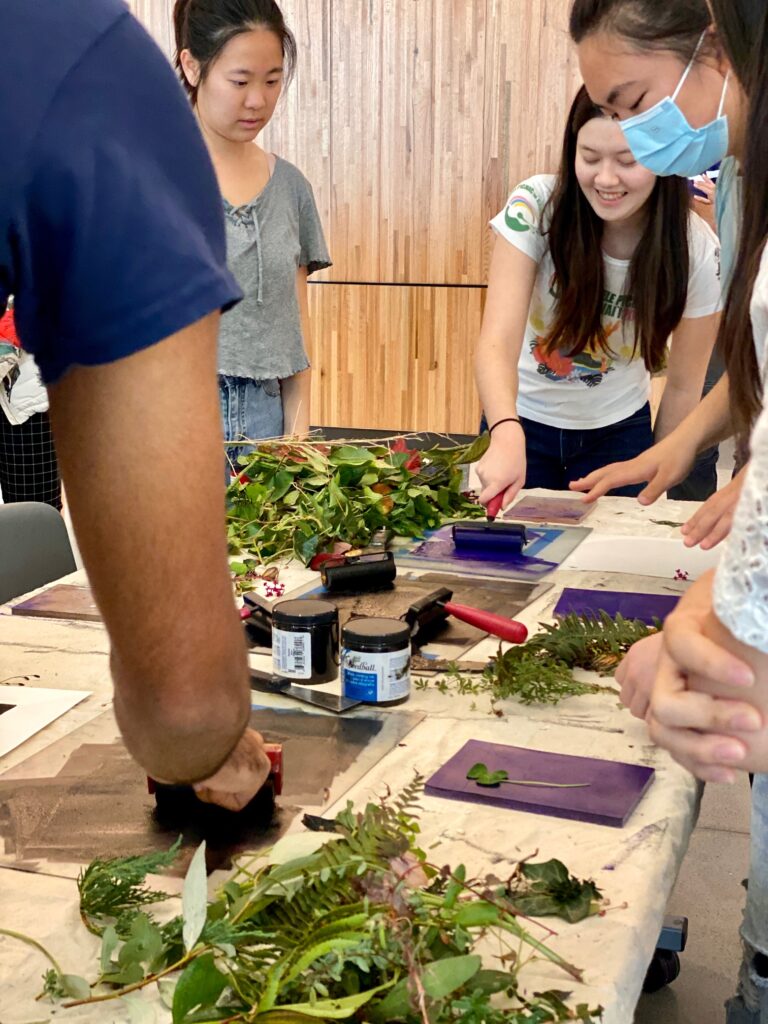
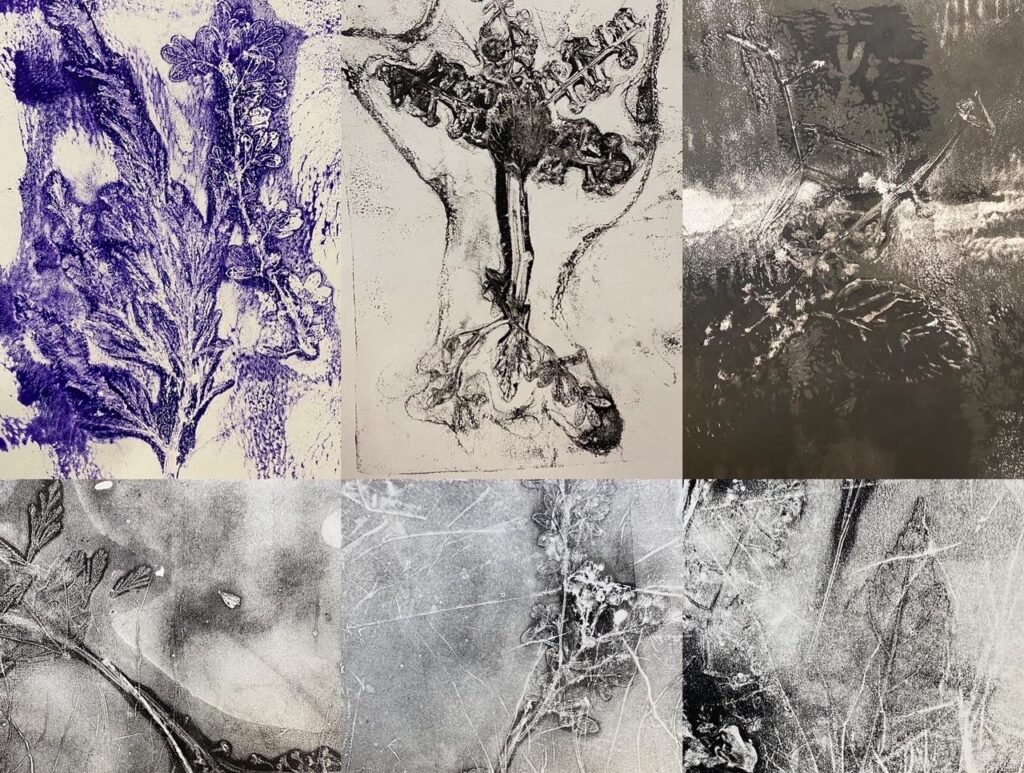
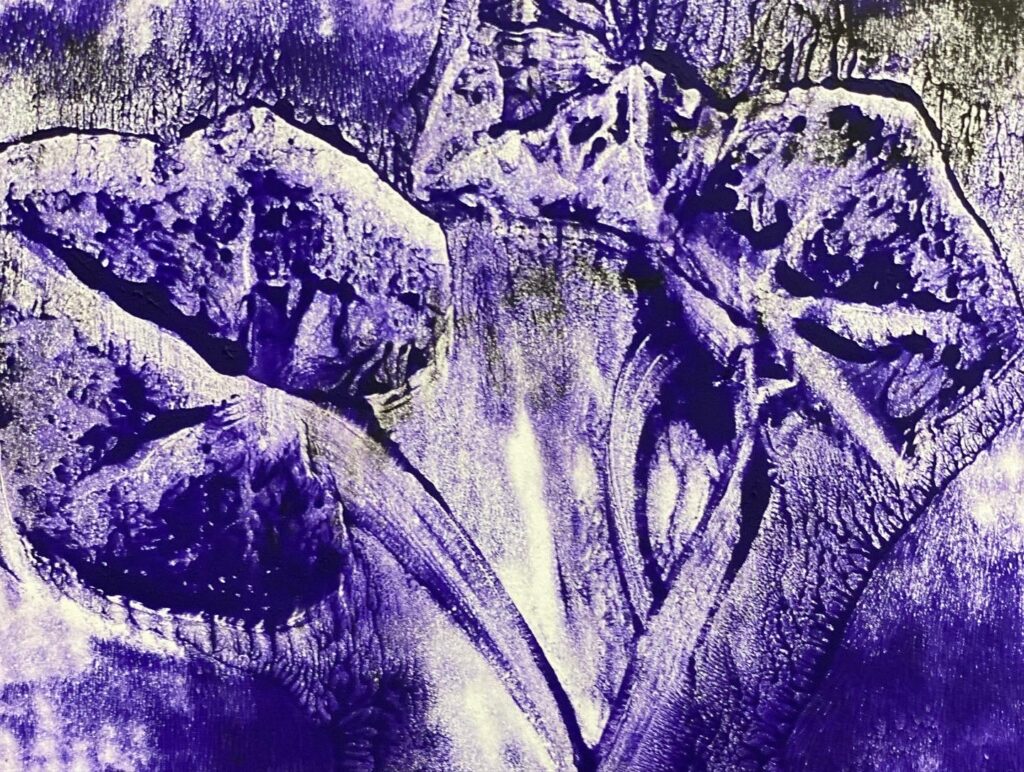
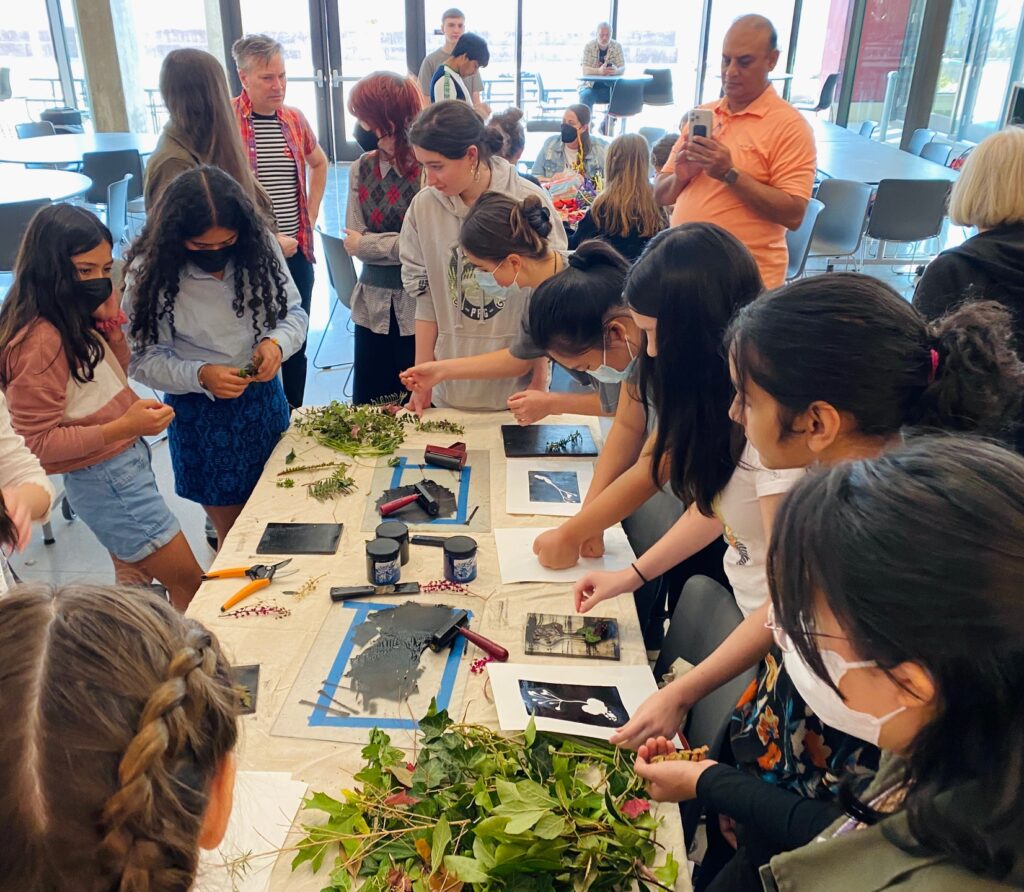
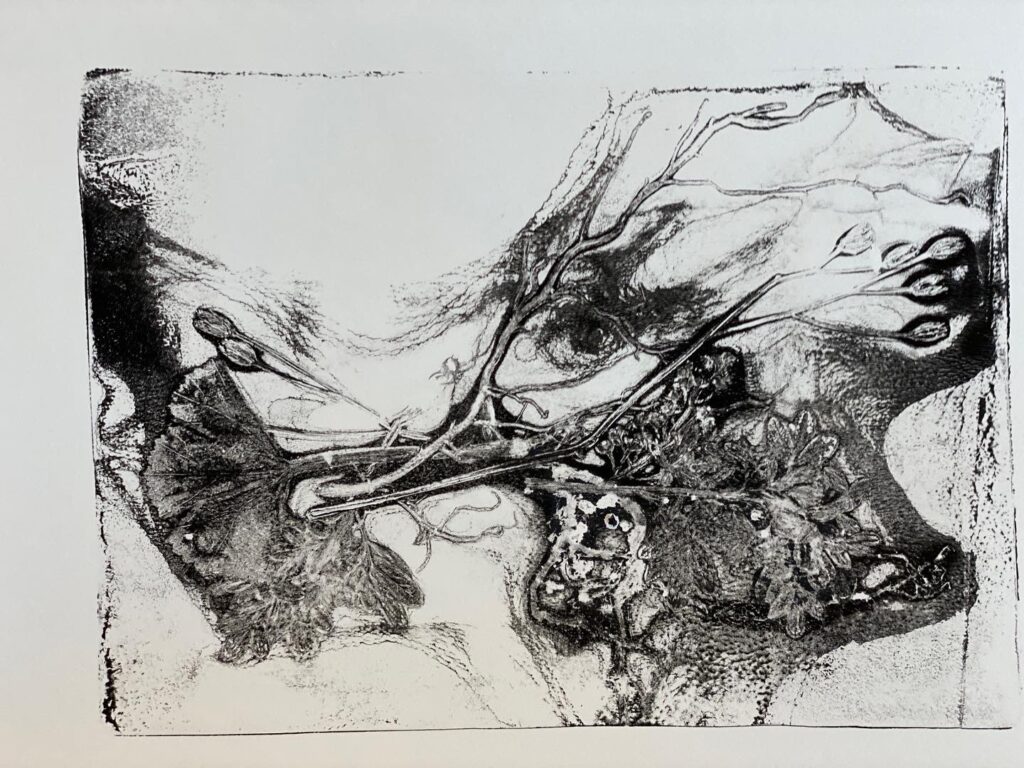
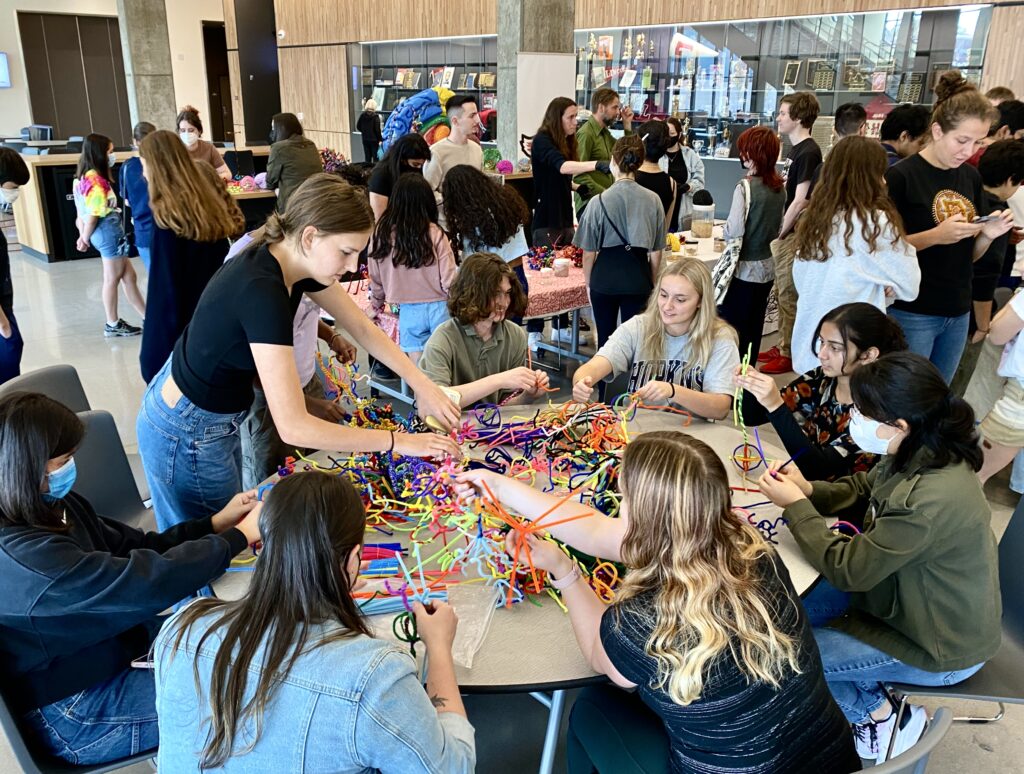
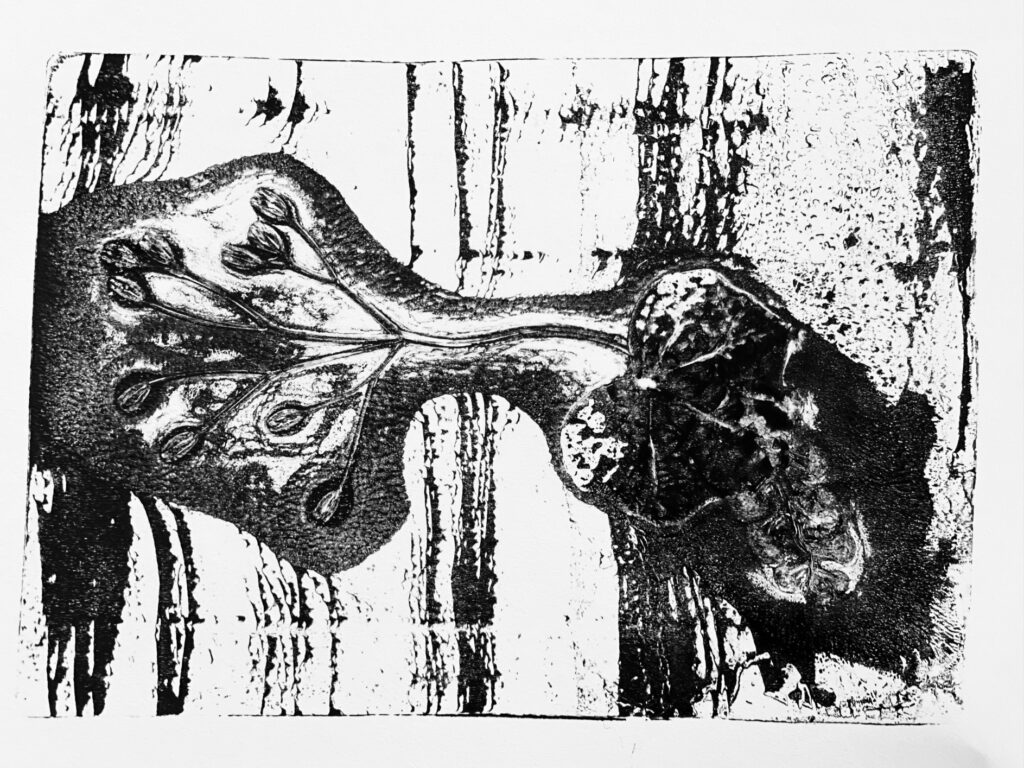
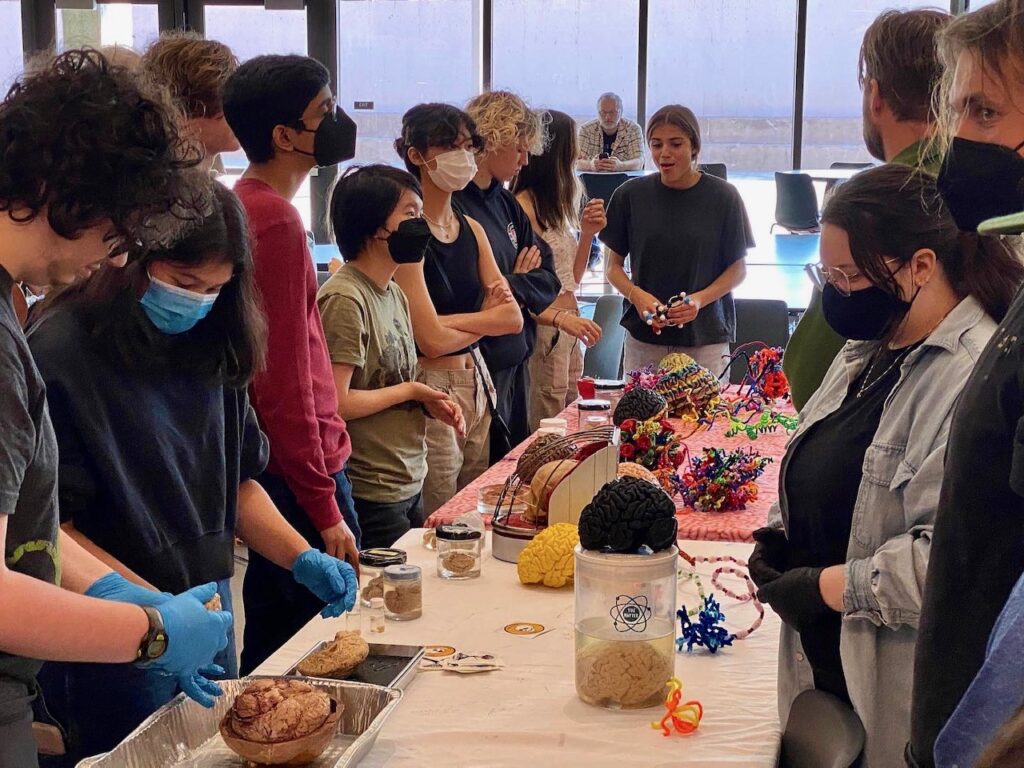
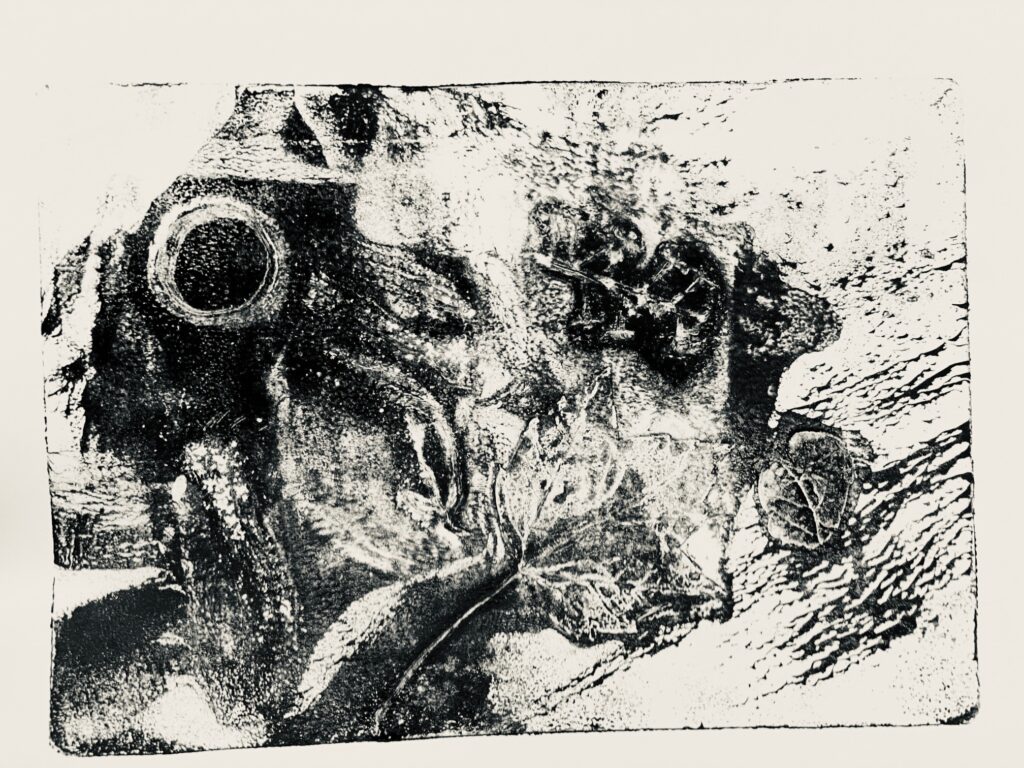
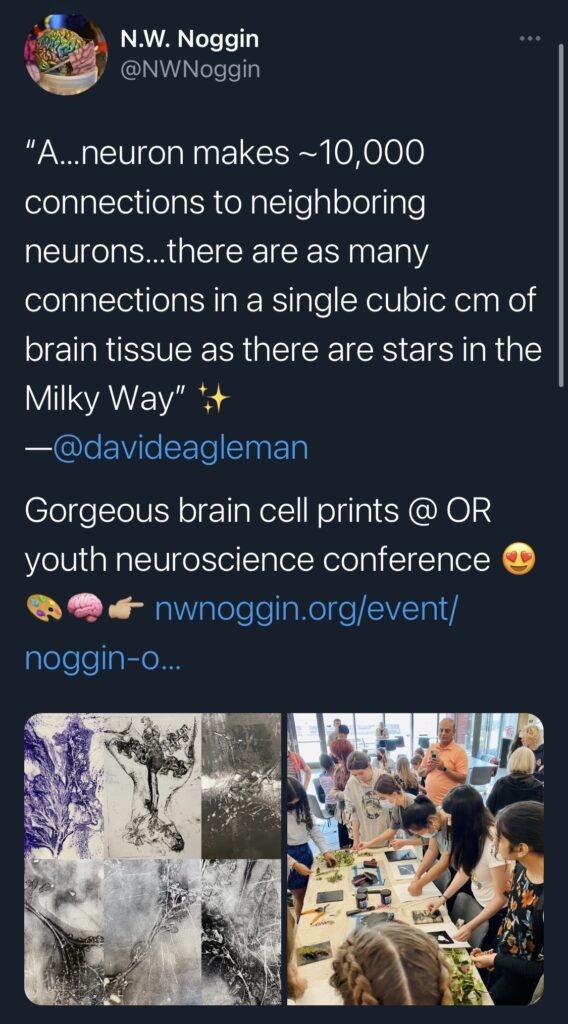
MAKE YOUR OWN: Brain Cell Gel Prints
MAKE YOUR OWN: Pipe Cleaner Brain Cells
Thank You
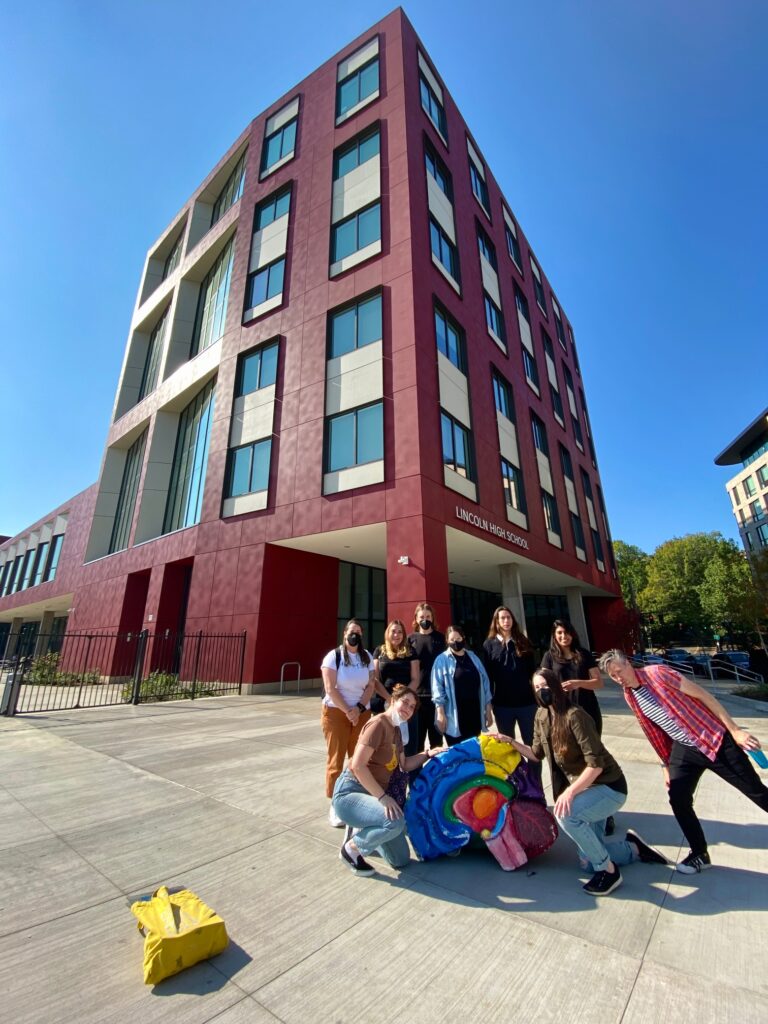
From Austin Schubert at OHSU
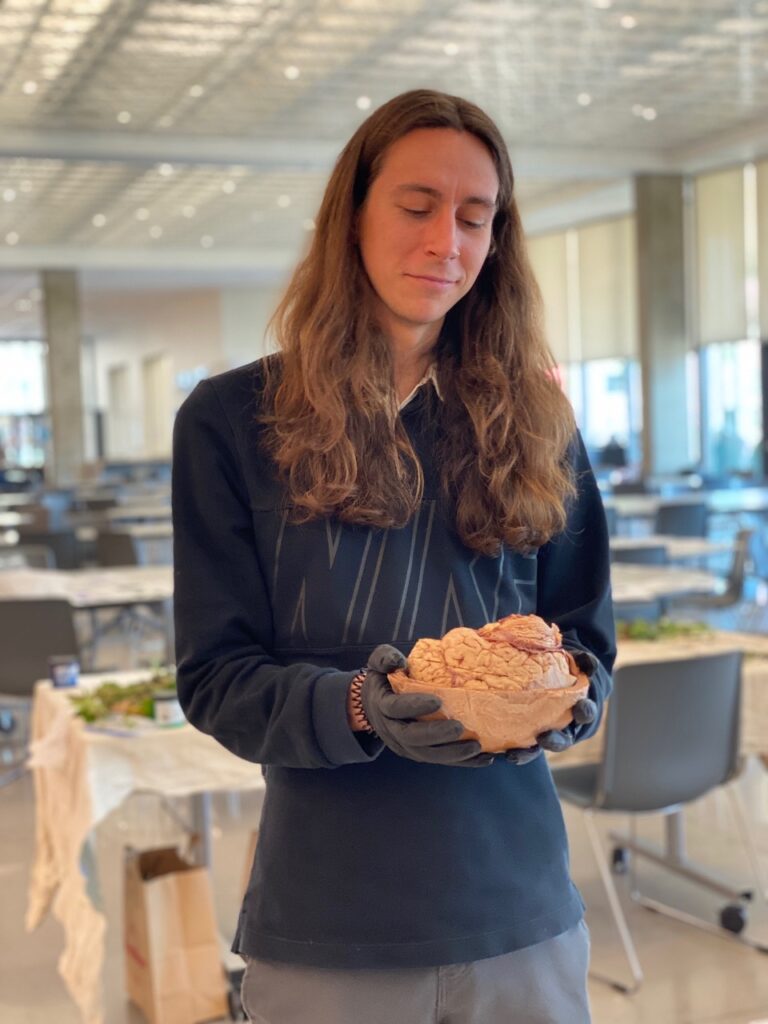
“The kids demonstrated something very profound about the human race; we are scientists by nature. With limited exposure to neuroscience they were able to dial in to longstanding questions in the field. ‘How does our sense of touch work?’ led to an in depth discussion about ion channels, the electrochemical properties of neurons, and how special receptors can make peppers feel hot and spearmint gum feel cold. One student was intrigued (and understandably spooked) by prions and their resistance to denaturation which led to a discussion about the 3D conformation of proteins and how that dictates their function. The display of brains from different animals prompted a few students to ask why some were big and wrinkly while others were small and smooth, a fundamental question in the evolution and development of the brain. Every explanation was met with a clever follow up question. I left feeling confident that the future of our planet was in good hands. Creating the next generation of innovative thinkers is as simple as fostering curiosity and providing learning resources to as many kids as possible. I plan to continue working with NW Noggin because I think they excel in both of these areas.”
— Austin Schubert
From Conner Corbett at PSU
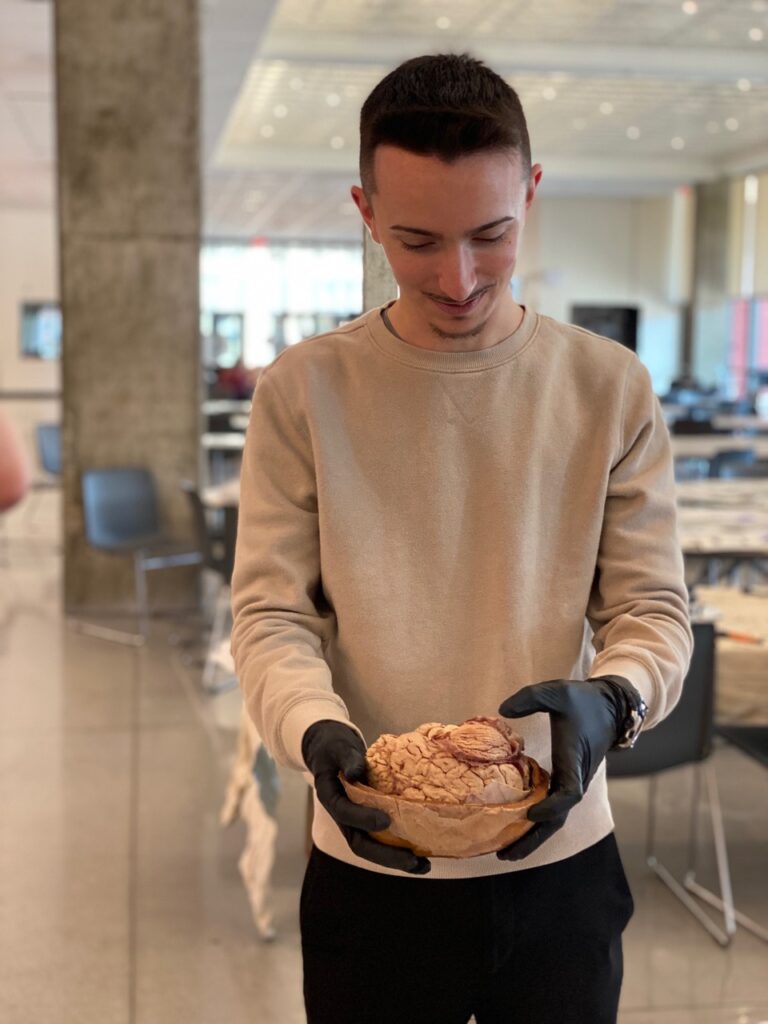
“I was thoroughly impressed with the questions and involvement the high school students presented with us. A lot of the concepts that they were inquiring about involving the brain had to do with content that the intro to neurophysiological class has covered – such as the forces that act on ions to enter the cell membrane (we discussed the protein pump, concentration gradient force and electrical forces), the history of localization theory and questions about the ions involved in neurotransmission. They even raised some evolutionary biology questions regarding how our bodies came to have such functions. Dr. Bonnie Nagel was also inspiring to listen to. Her academic journey provides a good example of how what you put into your education is what you get out of it.”
— Conner Corbett
Thanks to Tara and Catherine for inviting us to the jam-packed Oregon Youth Neuroscience Conference, and thanks to all our awesome interdisciplinary outreach volunteers!!
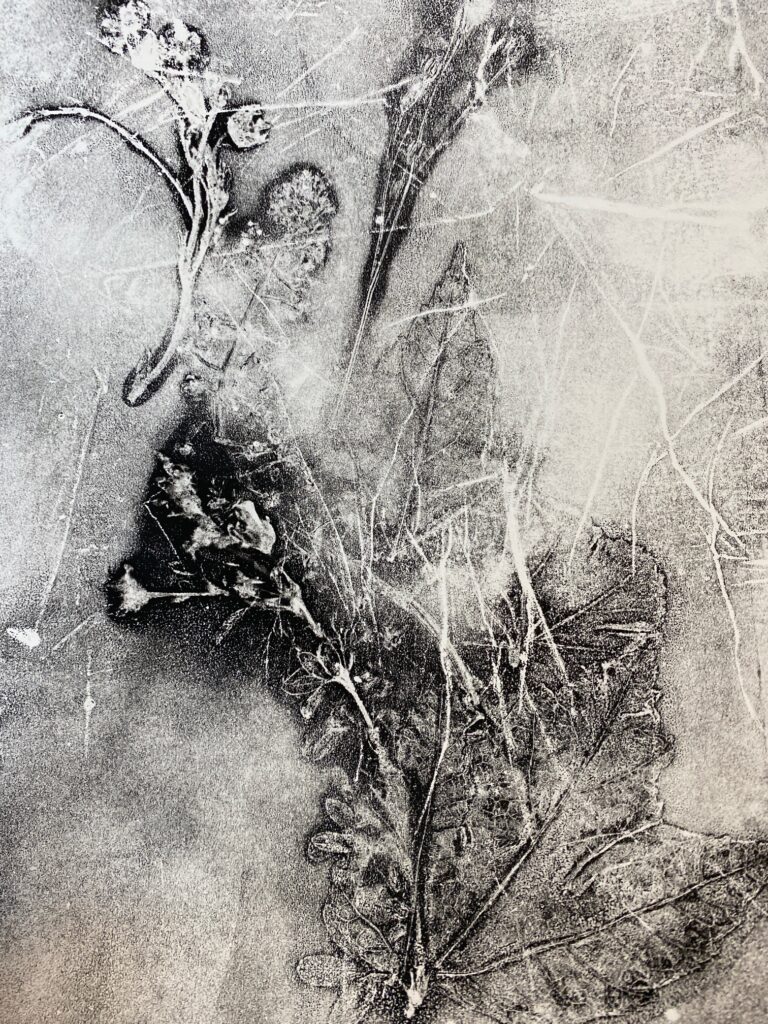
“Thank you so much for coming! The pictures are fantastic, and everybody I talked to (even the parents) really enjoyed the activities. It was so cool to touch and feel the brains and the volunteers were so engaging. I’m planning to put a display of gel prints and pictures in my school.”
— Tara Subramaniam


